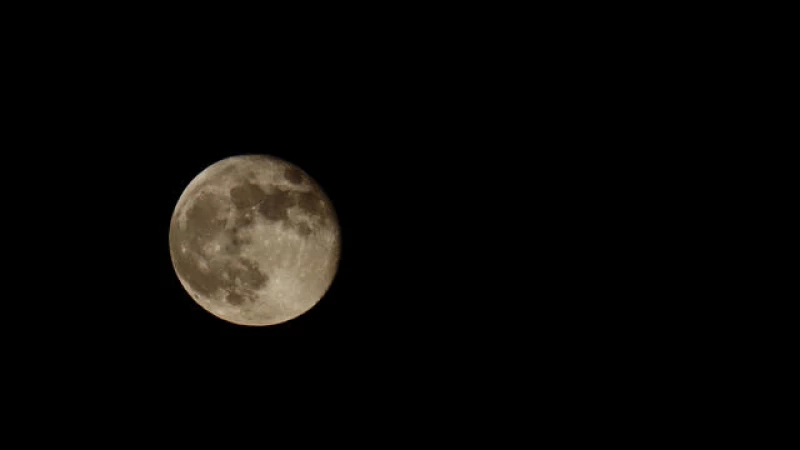November's Full Moon
Published on November 28, 2021
Get ready to witness November's full moon, also known as the "Beaver Moon," lighting up the night sky on Sunday night. According to NASA, the moon will reach its peak illumination at 4:16 a.m. ET on Monday morning and will continue to appear as a full moon until Tuesday morning. Keep an eye out for the Pleiades star cluster, which will be visible to the lower right of the full moon, although it may be slightly masked by the moon's brightness.
The name "Beaver Moon" comes from the time of year when beavers begin seeking shelter in their lodges. This is historically the season when beavers were trapped as part of the fur trade. However, November's full moon is also known by several other names, including the Digging Moon, the Frost Moon, the Freezing Moon, the Deer Rutting Moon, and the Whitefish Moon. These names reflect the onset of colder weather and the preparations made by animals for the winter season.
If you're interested in observing the full moon, the Old Farmer's Almanac suggests keeping an eye out just after sunset on Sunday. For specific moonrise times in your area, you can visit the Old Farmer's Almanac website and enter your ZIP code.
Astronomy enthusiasts who venture outside to admire the full moon can also keep an eye out for the Geminids meteor shower, which will continue until December 24th. NASA provides advice on skywatching and photography.
The Beaver Moon is the final full moon before the winter solstice. It is followed by the Cold Moon in December.







